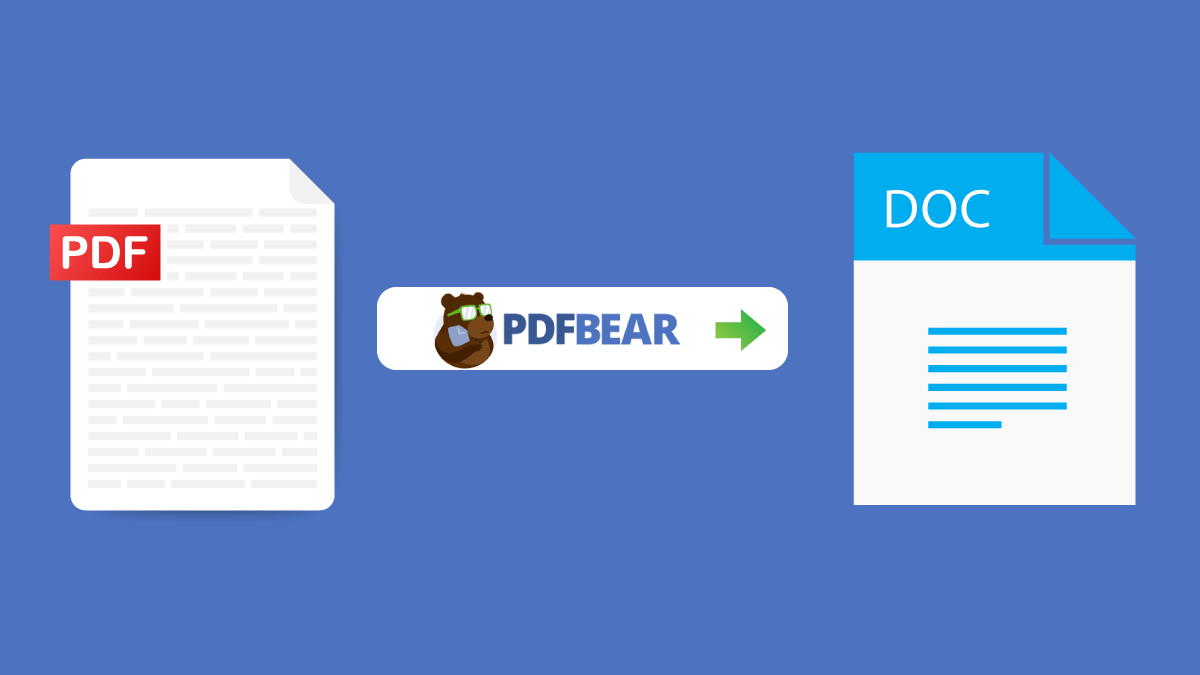
There was a time when any PDF edit needed to undergo through a dedicated, third-party PDF software. And while that is still true today, especially for companies that deal with this type of file extension every day, the presence of browser-based PDF editors and converters has changed the way the public approaches PDF editing.
If you have an Internet connection all the time, and most businesses have nowadays. You don’t have to worry about getting a paid subscription for an online PDF editor. In this article, we’ve listed down some advanced edits anyone can now do through these web-based tools:
Table of Contents
1. Split PDF
Splitting a PDF was once a complicated method, but not anymore. With online PDF editors, there’s a dedicated tool for splitting PDF files into separate files. This makes them more suitable for sending and sharing. Most of the time, when you want to split PDF pages, it means that the original file is too heavy, or too lengthy to drive the point across.
If you have the PDF on hand, all you need to do is to upload it to the dedicated browser-based tool, enumerate the pages you want one file to start and to end, and set up the other ones, depending on how many separate files you’re aiming for. Once you’ve handled that, the next thing to do is wait for the tool to process your request, then download the files after.
2. Convert from and to multiple file formats
It used to be that when you want to convert any file format to a PDF file, you’ll need to have a specialized tool for it. Nowadays, the process is more streamlined. With online PDF converters, you can convert MS Office-based files like Word, Excel, and Powerpoint to PDF in a jiffy. The process is virtually the same as well: upload the file to the tool, convert, then download the resulting file.
Of course, modern iterations of word processing, spreadsheet, and presentation software now include the ability to turn your file into PDF, but since online versions of office suites are now the rage, the need for a quick and easy alternative is imperative. Plus, it’s not just Office-based files that you can easily convert, you can also convert image files like JPG and PNG, even PDF to PDF/A.
3. Compress
Compressing doesn’t necessarily get too much attention process-wise, but is a necessary step in keeping the resulting file streamlined. A compressed PDF file is much easier to send and share over messaging platforms, that is why if you’re sending PDF files that are over 25MB, you should compress the file first.
Compression is an advanced maneuver, but with online browser-based PDF applications, you need not worry about what happens to the file behind the scene. What you need to do instead is check the resulting files’ quality. Compression usually doesn’t affect file quality, even if there are images, vectors, and graphics on the file.
4. Repair broken PDFs
It used to be that when a PDF is broken, the chances of opening that file is slim to none, and when it is corrupted, the components and elements therein may not be retrieved. Broken and corrupted PDFs can be frustrating to deal with. Thankfully, the technology is ripe for repair on soft copies, and browser-based tools will repair any corrupted file in less than five minutes or so.
5. Protect and lock PDFs
Locking a PDF means that you are gatekeeping it. That entails simple password protection. The end-user will be the one to open it, with key access, of course. Protecting can mean a lot of things – password protection, encryption, etc. For most files, the locking should be more than enough. But with highly classified documents, encryption may be needed.
Takeaway
These are just some of the many things you can do with a PDF editor and converter. So bookmark one today and see for yourself the benefits it can do! Our recommendation? Try PDFBear.
